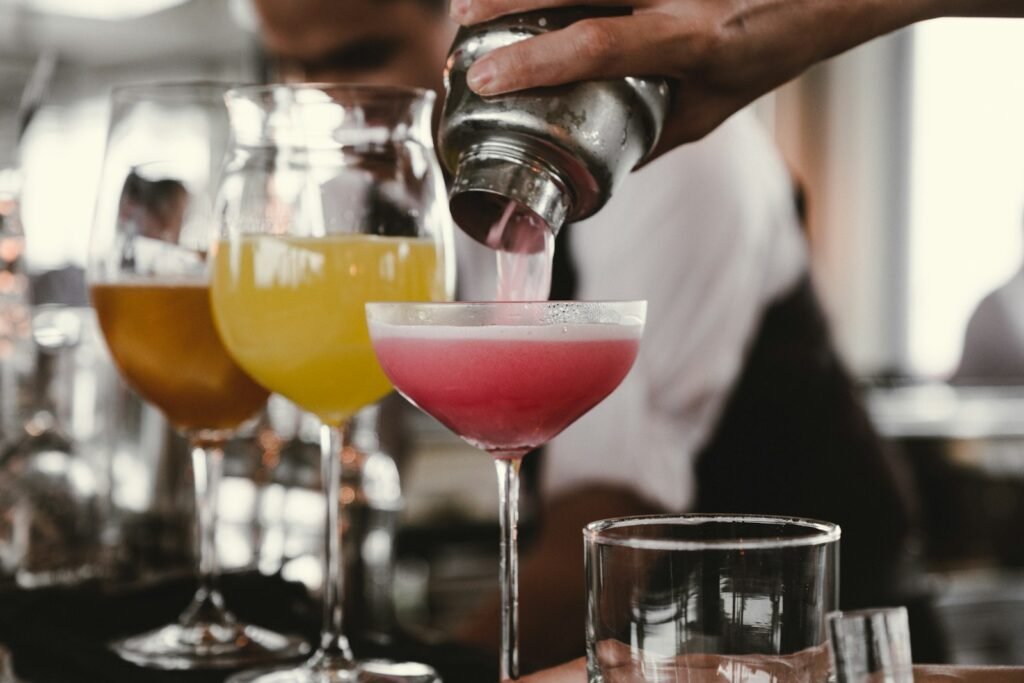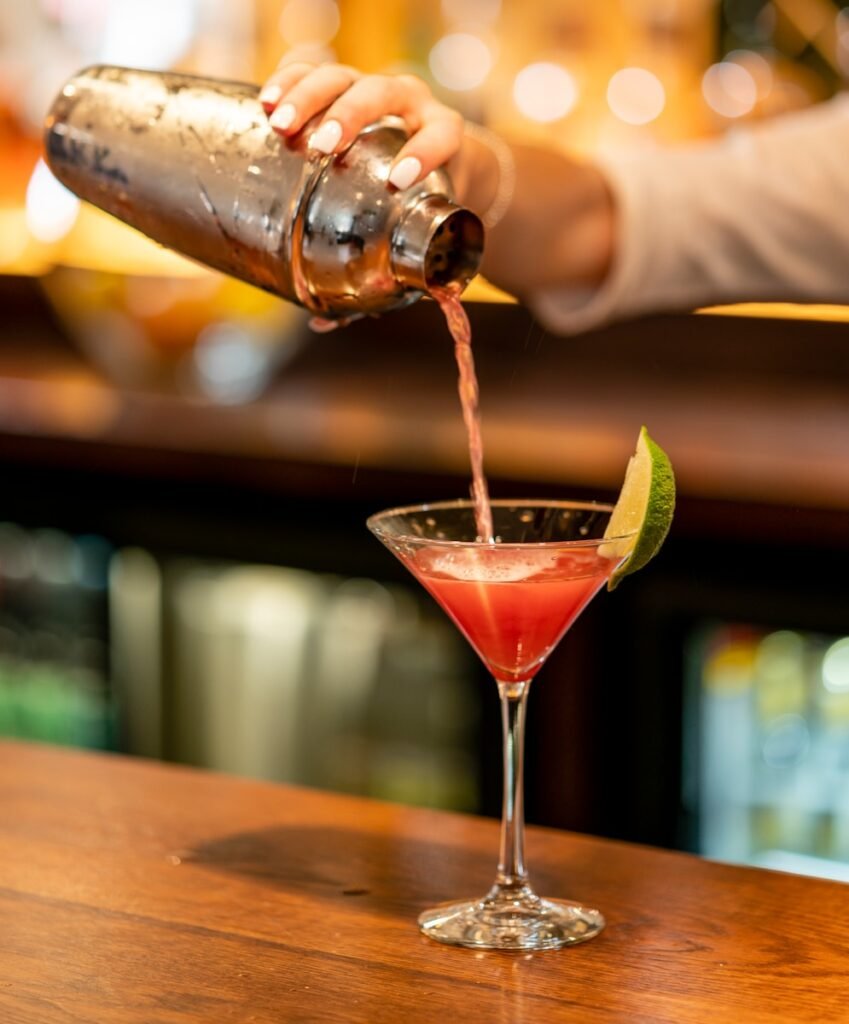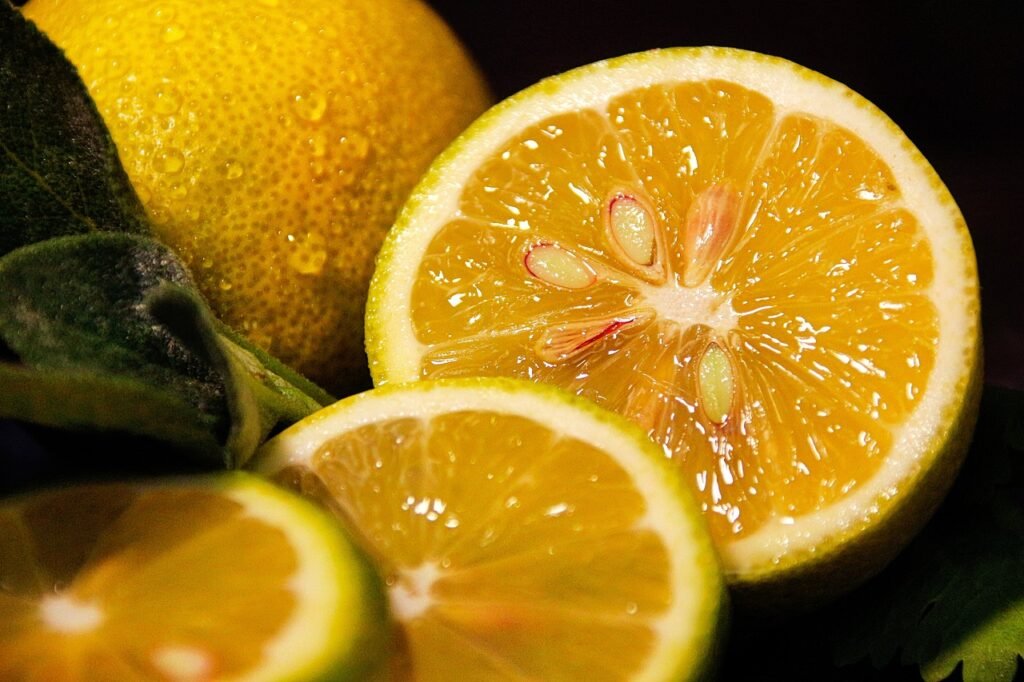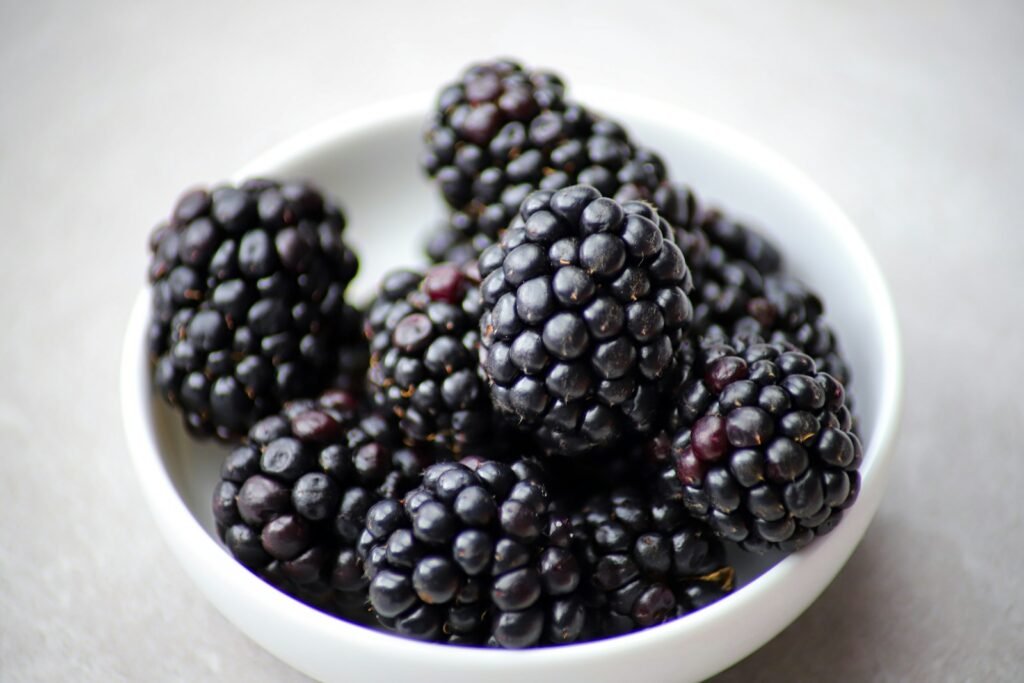Making Martinis, Tips and Techniques
Introduction
Few cocktails evoke the same sense of timeless sophistication and allure as the martini. With its clean, crisp flavors and iconic presentation, the martini has secured its place as the quintessential cocktail for those who appreciate style, taste, and refinement. In this comprehensive guide, we explore the art and science of making the perfect martini, from selecting the finest ingredients to mastering the techniques that elevate this classic libation to new heights of perfection.
Mastering the art of martini-making requires attention to detail and a few key tips to ensure a perfectly balanced cocktail every time. First and foremost, start with quality ingredients. Opt for premium spirits like top-shelf gin or vodka and high-quality vermouth to elevate the overall taste of your martini. Fresh ingredients, such as citrus peels for garnish or hand-squeezed juice for flavored variations, can also make a noticeable difference in the final product.
When it comes to mixing, technique matters. Whether you prefer your martini shaken or stirred, consistency is key. Shaking the cocktail with ice helps to chill and dilute the ingredients while incorporating air for a lighter texture. On the other hand, stirring gently with a bar spoon ensures a smooth and velvety martini without agitating the spirits too much.

Experiment with both methods to find the one that suits your taste preferences and desired texture. Temperature is another critical factor in martini-making. Chill your glassware in the freezer for at least 10-15 minutes before pouring your martini to ensure it stays cold throughout the drinking experience. Serving your martini in a chilled glass not only enhances its refreshing quality but also helps to maintain the integrity of the flavors. By paying attention to these martini-making tips and ingredients, you can create cocktails that are not only delicious but also a testament to your bartending prowess.
Martini: A Brief History
Before we dive into the intricacies of martini-making, let’s take a moment to appreciate the rich history and cultural significance of this beloved cocktail. The martini traces its origins back to the latter half of the 19th century, with its exact origins subject to debate and speculation. Some attribute its creation to bartenders in the United States, while others suggest it may have evolved from earlier cocktail recipes. Regardless of its precise origins, the martini quickly gained popularity among cocktail enthusiasts, becoming a staple in bars and social gatherings across the globe. Its association with sophistication and elegance was further cemented by its prominent role in popular culture, from James Bond’s famous preference for a “shaken, not stirred” martini to its frequent appearances in literature, film, and art. Today, the martini remains a symbol of style, taste, and refinement, cherished by connoisseurs and novices alike for its timeless appeal and versatility. Now, let’s turn our attention to the art of crafting the perfect martini.
Selecting Your Ingredients: Quality Matters
The martini is a simple cocktail, typically composed of just two primary ingredients: gin and vermouth. However, the quality of these ingredients can make a significant difference in the final result. Here are some tips for selecting the finest components for your martini:
Gin: Traditionally, gin is the spirit of choice for a classic martini, imparting its distinctive botanical flavors and aromas to the cocktail. When choosing gin for your martini, opt for a high-quality, London dry gin with a well-balanced flavor profile. Experiment with different brands and styles to find the one that best suits your palate.
Vermouth: Vermouth is a fortified wine flavored with botanicals, herbs, and spices, and it plays a crucial role in the martini’s flavor profile. For a classic martini, you’ll need both dry (or white) vermouth and sweet (or red) vermouth. Again, quality is key here—choose vermouth that is fresh, flavorful, and preferably refrigerated after opening to preserve its delicate aromas.
Optional Ingredients: While a classic martini consists of gin and vermouth, some variations may include additional ingredients such as bitters, citrus twists, or olive brine for a dirty martini. Experiment with these optional ingredients to customize your martini to suit your taste preferences.
Mastering the Technique: Stirring vs. Shaking
One of the most hotly debated topics among martini aficionados is the question of whether to stir or shake the cocktail. Each method has its proponents, and the choice ultimately comes down to personal preference and the desired characteristics of the final drink. Here’s a brief overview of each technique:
- Stirring: Stirring is the traditional method for preparing a martini and is preferred by many purists for its gentle approach to mixing the ingredients.To stir a martini, fill a mixing glass with ice, add the desired amount of gin and vermouth, and stir gently with a bar spoon until well-chilled. Strain the mixture into a chilled martini glass and garnish as desired.
Shaking: Shaking is a more vigorous method of mixing cocktails and is often favored for drinks that contain ingredients such as fruit juices or syrups. When shaking a martini, combine the gin and vermouth in a cocktail shaker filled with ice, shake vigorously for about 10-15 seconds, and strain into a chilled martini glass. Keep in mind that shaking can result in a slightly cloudier appearance due to the aeration of the ingredients.
The Importance of Temperature and Dilution

Temperature and dilution are two critical factors that can significantly impact the flavor and texture of a martini. Here’s how to ensure that your martini is perfectly chilled and balanced:
- Chilling Your Glassware: Before preparing your martini, it’s essential to chill your glassware to ensure that the cocktail remains cold from the first sip to the last. Place your martini glasses in the freezer for at least 10-15 minutes before serving to achieve the ideal temperature.
Controlling Dilution: Dilution occurs when ice melts into the cocktail during mixing, and it plays a crucial role in balancing the flavors and mouthfeel of the martini. To control dilution, use high-quality ice cubes that are dense and slow-melting, such as those made with filtered water or ice molds. Additionally, avoid over-stirring or shaking the martini, as this can lead to excessive dilution and a watery final drink.
Garnishing Your Martini: Adding the Finishing Touch
While garnishes are optional, they can add visual appeal, aromatic complexity, and flavor accents to your martini. Here are some classic garnishes to consider:
- Citrus Twists: Lemon or orange twists are a classic garnish for a martini, adding a burst of citrus aroma and flavor to the cocktail. To create a twist, use a sharp knife or a citrus peeler to cut a thin strip of peel from the fruit, being careful to avoid the bitter white pith. Express the oils from the peel over the surface of the martini by gently squeezing it over the glass before dropping it in.
- Olives: Olives are perhaps the most iconic garnish for a martini, particularly in the case of a dirty martini made with olive brine. Skewer one or more olives on a cocktail pick and place it in the martini glass for a savory, briny accent.
- Cocktail Onions: Cocktail onions are a traditional garnish for a Gibson martini, a variation that substitutes onions for olives or citrus twists. Use a cocktail pick to skewer one or more cocktail onions and place them in the martini glass for a crisp, tangy finish.
Experimentation and Personalization: Finding Your Perfect Martini
While the classic martini recipe provides a timeless template for crafting this iconic cocktail, don’t be afraid to experiment and personalize it to suit your taste preferences. Whether you prefer your martini dry, extra-dry, dirty, or with a twist, the key is to find the balance of flavors and textures that satisfies your palate. Try adjusting the ratios of gin to vermouth, experimenting with different brands and styles of gin and vermouth, or adding unique ingredients and garnishes to create your signature martini recipe. Remember, the beauty of the martini lies in its simplicity and versatility, so feel free to get creative and make it your own.
Conclusion
In conclusion, the martini is more than just a cocktail—it’s a timeless symbol of style, taste, and refinement that has captivated generations of cocktail enthusiasts. By following the tips and techniques outlined in this guide, you can master the art of crafting the perfect martini and elevate your cocktail game to new heights of sophistication. Whether you prefer yours shaken or stirred, with a twist or an olive, the key to a great martini lies in using high-quality ingredients, mastering the techniques of mixing and chilling, and embracing the spirit of experimentation and personalization. So, raise your glass to the martini, and savor every sip of this classic libation. Cheers!


